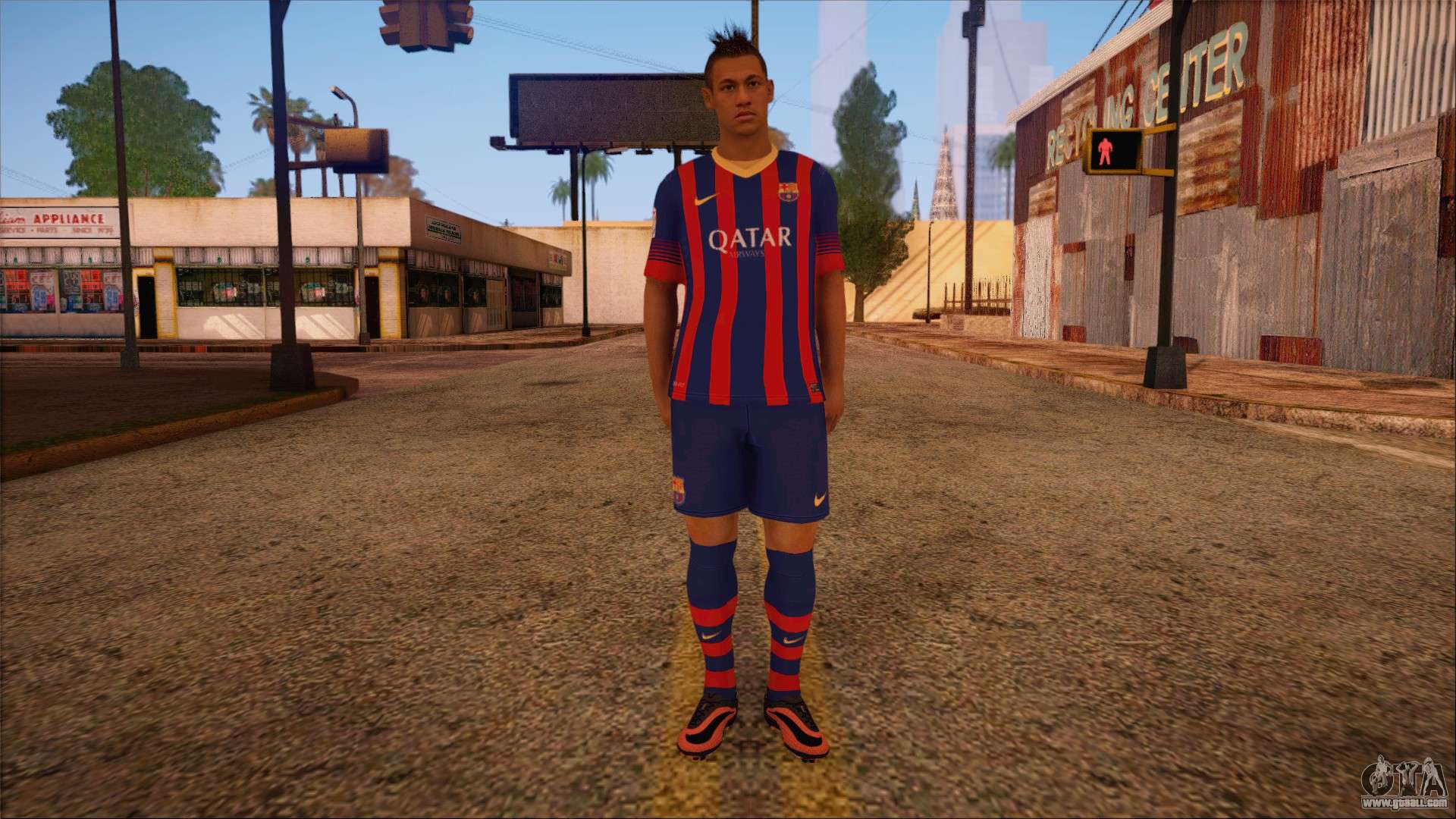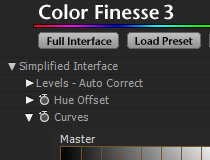
Most importantly, I was NOT going for the best-graded image. In most cases, I’ve pushed the control as far as it would go – either to the edge of its range – or to the point where I started to see some color artifacts. In each of these applications I have simply increased the blue balance in the mid-range control, without adjusted any thresholds or other controls. I wanted to use an image that looked like what you are apt to receive, rather than a flatter image, which would actually be preferable for grading. That’s the starting point for these tests. This started out as a flat RED One image, which I’ve cropped to HD and increased contrast and saturation. I took the same image I’ve used for other color grading articles. The following are the results of my casual testing.

The tighter the default transition, the more likely you will see contouring artifacts at the edge of the transition. The softer the threshold or transition between ranges, the more the color balance change looks like a tint or wash over the whole image. In fact, some only increased blue, while others also appropriately reduce red and green color components.Ĭ) Some have a very tight default threshold at the low/mid/high crossover points and others are very gradual. This should be evident on a waveform monitor’s RGB parade display. If I push the mids to blue, some apps let me really blow out the image with blue saturation, while others only slightly tint the image.ī) A proper color balance control should increase the saturation of the color component you add (or shift to), while reducing the saturation of the complementary colors. If so, look for either a threshold control or a luma ranges control to adjust the transition point and the softness of that transition.Ī) Not all color wheel adjustments give you the same degree of saturation. Some apps and plug-ins give you control over this and some don’t. Not only where, but also how gradual the transition. Since the controls work within three distinct ranges of the image, a critical element is where that crossover occurs between low-to-mid and mid-to-high.
#COLOR FINESSE 3 CGPERSIA SOFTWARE#
To my knowledge, the first actual use of software color wheels originally appeared in Avid Symphony a decade ago.


The concept of these tools grew out of early “video shading” controls in studio cameras and color correction systems like DaVinci.

In addition to low/mid/high ranges, some applications also add an overall “master” balance control for the entire image. When you want to effect a change, such as make an image less red, you push the appropriate control in the opposite direction of red-yellow – towards the blue-cyan segment of the control. The so-called “color wheels” (also called hue offset controls) are separate color balance controls for the shadow, midrange and highlight portions of the image. After I did a quick test, it was obvious that FCP and Avid don’t process the image in quite the same way, even when you push what appears to be the equivalent control in the same direction. Our conversation got down to how each treated the image when you used the color wheels. Recently fellow editor Shane Ross and I were discussing the relative merits of grading in Avid Media Composer versus Apple’s FCP or Color, as well as using the Colorista plug-in.


 0 kommentar(er)
0 kommentar(er)
